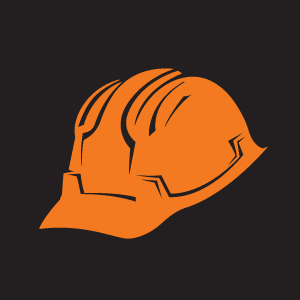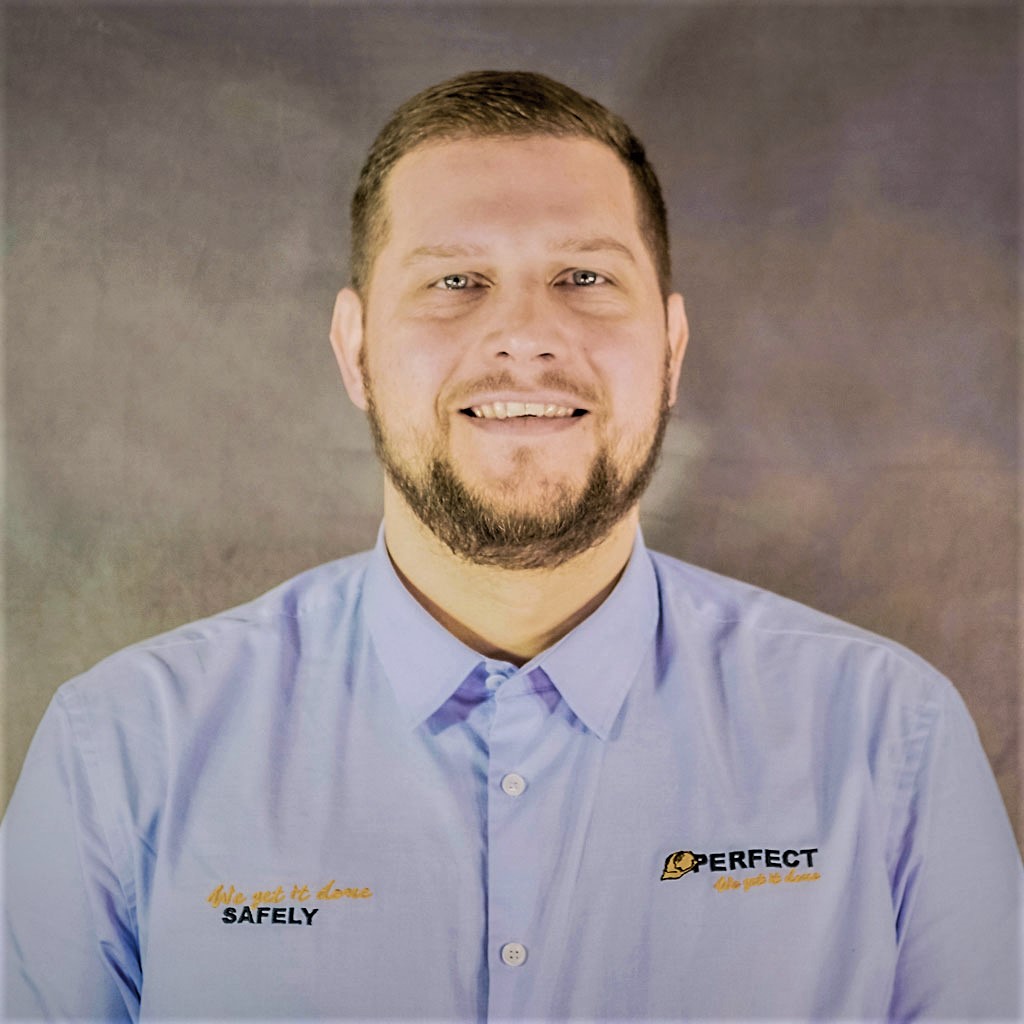What’s the Difference Between a Boilermaker and Welder?
- magda
by Daniel Green
The Oxford Dictionary is generally regarded as the foremost authority on words and such. They claim that the term boilermaker was first introduced in 1834 when describing the metal fabrication experts who maintained steam locomotives. OG known as boilersmiths, these tradesfolk were experts in.. well.. boilers. But as technology evolved, new skills and equipment needed a home and this metalworking trade seemed the best place. Eventually, the boilersmith trade morphed into the boiler making one we see today.
Except only your grandad calls ‘em boilermakers. These days a qualified boiley or welder holds a Certificate III in Engineering – Fabrication Trade. An engineer! Pretty schmick deal for a bloke on the end of a welding torch.
We could talk about the history of metalwork til the cows come home. So without further adieu, let’s take a look at the difference between a boiley metal fabricator and a welder.
#1 – What Exactly is a Metal Fabricator?
Like everything in life, there are grey areas. But what a metal-fabber definitely is, is a tradesperson who has skills in the forming of metal products from design to delivery. In other words, it’s a process-based skill of designing, cutting, bending, shaping, and joining metals. Some of the skills to achieve that are:
1. Designing.
This is where it all begins. The product’s intended use is considered and the process is decided from there. The steps to manufacture it is engineered to ensure the product functions as intended.
2. Materials selection.
The product may require just one type of metal or several. Or even non-ferrous media such as timber, nylon, or glass. The fabricator needs to know the properties of each type of metal in detail, as well as an overview of other materials so they can work in conjunction.
3. Cutting.
Different metal behaves in different ways when under cutting load. Fabricators are skillful at knowing how, where, and when to use varying cutting methods for a wide range of substances.
4. Punching.
Using a hardened tool known as a punch, fabricators may need to exact perfectly shaped holes in metal or other materials.
5. Forming.
This is the skill of shaping metal using numerous tools such as English Wheels, Mandrels, Anvils, and so on. Often, this is for thinner metals and can fall into the category of Sheetmetal Worker, however, this skill still falls under the Metal Fabricator umbrella.
6. Turning.
Working with metal materials in a lathe. Sub-categories here involve splining, threading, and shaping. There are two other trades that utilise this skill, the Machinist and the Fitter. Told you there were great areas!
7. Welding.
This is the process of joining like metals via temperature, usually aided by gas and/or electricity. Welding can be done with an open flame and filler rods using a combination of oxygen and acetylene [oxy-acetylene welding, soldering, or brazing]. It can be done with flux-core electrodes and electricity [arc or stick welding]. With an inert gas, electricity, and filler wire [MIG]. Or with another inert gas, electricity, and filler rods [TIG].
8. Finishing.
Protecting the product against the elements and the improvement of its surface finish. This includes grinding, filing, filling, priming, and painting.
As you can see there is a lot to learn in four short years!
#2 – What Exactly is a Welder?
A trade-qualified welder specialises in joining metal with flame, electricity, gas, and/or other metals. The skill of welding delves fairly deep into metallurgical sciences like grain structure, weight, temperature, hardness, fatigue, and so on. In fact, there’s so much to know just about welding that there’s an international standard and certification based on the position of the torch. There are also four major types of metal joining methods: oxy/soldering/brazing, ARC, MIG, and TIG. A welder has concentrated skills in a very specific area, whereas a fabricator’s skills are broader. In a shop environment, you’d likely have the fabricator as the leading hand and the welders as the workers. In this scenario, the fabricator has an overview of the product/project. Also, the welders make sure it’s welded to specification.
#3 – What Types of Welding Processes Are There?
There are ten: Flame, GMAW, GTAW, SMAW, FCAW, Laser Beam, Electron Beam, Plasma Arc, Atomic Hydrogen, and Electroslag. Some of them are pretty high-end or even robotic, so let’s focus on the four most common:
1. Oxy-acetylene.
This is the oldest and most rudimentary process. It involves mixing pressurised oxygen and acetylene gases that then go through a narrow welding tip to create a flame. The welder does welding by heating the materials until they are almost molten. Then joining them with a pre-manufactured rod of like material. Essentially you are melting them together, then adding more material for good measure. One disadvantage of this type of welding is that there’s a lot of radiant heat, which can warp nearby material. One advantage is that it requires no electrical power, so it can be done almost anywhere. Until the rise in popularity of electrical welders in the 1960’s, this was the only choice. For some old school panel repair guys, it still is. Two sub-categories of O/A welding are brazing, where a lower heat and brass material is used as a joining agent; and soldering, where an even lower heat is used and lead or silver is used as a joining agent.
2. Arc.
Also known as stick welding due to the shape of the filling material, arc welding uses a positively charged, flux-coated electrode held by a clamp and an earth cable, which is attached to the project. When the electrode makes contact with the job, the circuit is complete. Besides that, the material is drawn into the weld. Flux covers electrodes, which is a chemical purifying agent designed to promote the fusion of metals. Arc welding is best for metals 2.5mm and greater, although some very skilled welders can weld 1.6mm with a stick.
3. MIG.
Metal Inert Gas is the process whereby a reel of positively charged continuous solid wire is fed into the earthed weld pool and protected by Argon and CO2. The gas shields the weld bead from impurities in the atmosphere that can cause weak or sub-standard welds. Advantages of MIG are that it’s very easy to use, it’s cheap and you can weld very thin and very thick material with the same machine. Disadvantages are that you need electricity and gas and the machine is usually cumbersome to move.
4.TIG.
Tungsten Inert Gas welding utilises a handpiece containing a positively charged tungsten electrode, filler rods, and an earth cable attached to the base metal. Like a combination of O/A and stick, TIG relies on pooling the material to make the join with the filler rod there for good measure. TIG’s greatest strength is its ability to easily weld non-ferrous metals such as aluminum, magnesium, and copper alloys.
#4 – Should I Be a Welder or a Fabricator?
That depends on how your brain is wired and what you enjoy doing. If you’re a big picture individual with lots of ideas and creativity, a fabricator is probably more your thing. If you really like perfecting something and have the patience to do it again and again then welding is likely the trade for you. In either case, it’s ain’t all Tik-Tok’s of flat sweaty beads and stacked dimes. Learning to work with metal requires dedication and discipline. It is just that you get to make cool stuff along the way.
www.millerwelds.com/resources/article-library/the-history-of-welding












